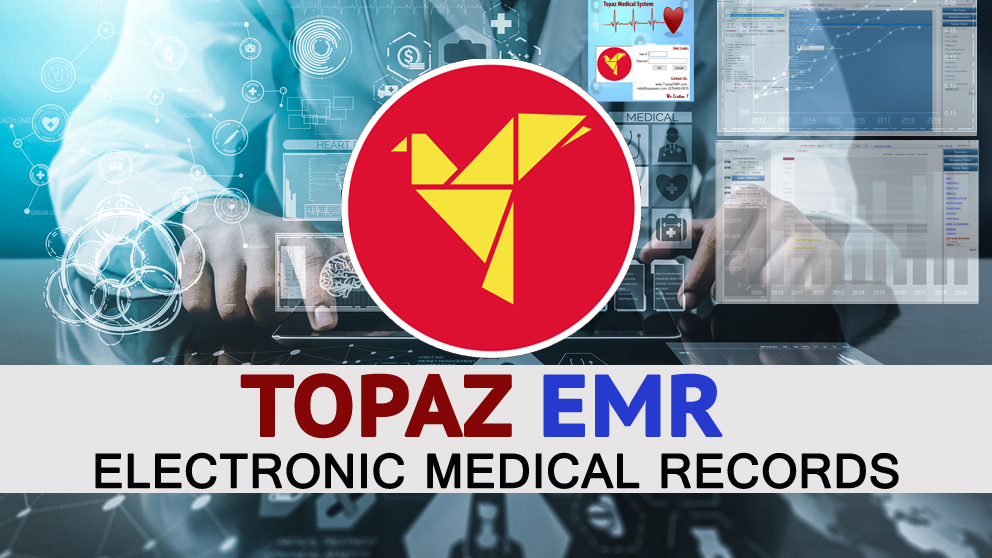At the beginning of my advocacy journey, I often searched for affordable ways to present myself at events. A friend of mine had launched a small clothing business, offering creative designs that young people like me could afford. She hired a tailor to bring her ideas to life, but struggled with rent and limited capital. Despite these challenges, she pivoted to handmade bags, integrating her unique painting style into each piece.
Her experiences reminded me of the broader reality: one in ten people today lives in extreme poverty, surviving on less than $3 per day. With financial stability, young people can sustain themselves, pay for their education and support their families, ultimately contributing to the fight against poverty. Over the last decade, however, global poverty reduction has slowed substantially due to interconnected crises, including sluggish economic growth, high levels of debt, the COVID-19 pandemic, conflict and fragility, and severe weather-related shocks.
Ending poverty begins with empowering people—especially youth—to create opportunities and shape their own futures. Young people seek more than jobs; they strive for the chance to build livelihoods that sustain families, strengthen communities, and drive inclusive growth.
The International Development Association (IDA), the World Bank’s fund for the world’s low-income countries, is helping young people turn opportunity into impact across Africa and beyond.
I am an IDA Youth Champion, part of a network of young leaders who are amplifying youth voices, spotlighting how access to innovation, skills, and decent work can transform communities, and voicing our commitment to ending poverty. I’ve seen firsthand how meaningful opportunities can change lives—just as IDA is doing through projects that fuel growth in agribusiness, digital technology, and entrepreneurship. IDA plays a key role in helping countries establish the right conditions for jobs by investing in infrastructure, health, and education. It also promotes policies that attract private investment and strengthen governance.
For example, in Ethiopia, support from the World Bank Group through the International Finance Corporation (IFC) and the IDA Private Sector Window is helping poultry distributor EthioChicken train and empower thousands of poultry agents across Ethiopia. In Malawi, 10 new Tech Hubs built with IDA support have trained over 19,000 youth in digital skills, basic ICT literacy, and entrepreneurship. And in my home country of Kenya, a youth employment project is helping young people gain apprenticeships, job placement opportunities, and the resources to start their own businesses.
My vision for a future free from poverty is one where job opportunities and innovative technology converge, empowering people to reach their full potential. I envision a thriving agricultural sector where smallholder farmers are fairly compensated, families become more resilient, and children stay in school. I urge world leaders to invest in both capital and technical skills necessary to help young people run sustainable businesses.
Jobs remain the principal pathway out of poverty. But a major jobs challenge is looming for parts of the world that are least equipped to deal with it. Over the next decade, 1.2 billion young people will reach working age, yet only about 420 million jobs are expected to be created. This gap calls for innovation, especially in sectors with untapped potential like agribusiness.
In many IDA countries, I have witnessed young people turning agriculture into opportunity. They are starting greenhouses, producing and drying excess produce, and creating sustainable market chains through agro-processing and value addition. Furthermore, they form cooperative groups to market their produce, strengthening their position in the market and advocating for better prices by presenting themselves as a collective rather than individuals. When this ecosystem is sustained, it enhances food security, stabilises incomes, and lays the foundation for long-term economic resilience.
I’m keen to explore the opportunities of new technologies that can enable economic transformation and accelerate job creation. I think one promising area for innovation is artificial intelligence in tax administration. Many entrepreneurs struggle with basic tax obligations, such as filing returns and understanding the requirements. IDA could help countries develop AI-driven systems that simplify compliance, such as chatbots that guide users through the process, flag missing documents, and reduce delays. By improving efficiency and transparency, AI could help governments raise revenue fairly while enabling small businesses to grow.
Economic growth alone cannot break the cycle of poverty. We need strong investments in people, infrastructure, and institutions to create the foundation for lasting opportunity. The World Bank Group–with resources and financing such as those from IDA–helps countries build that foundation, fostering inclusive growth that lifts people out of poverty while protecting the most vulnerable.
The post Empowering youth with opportunities and jobs to end poverty appeared first on Caribbean News Global.



